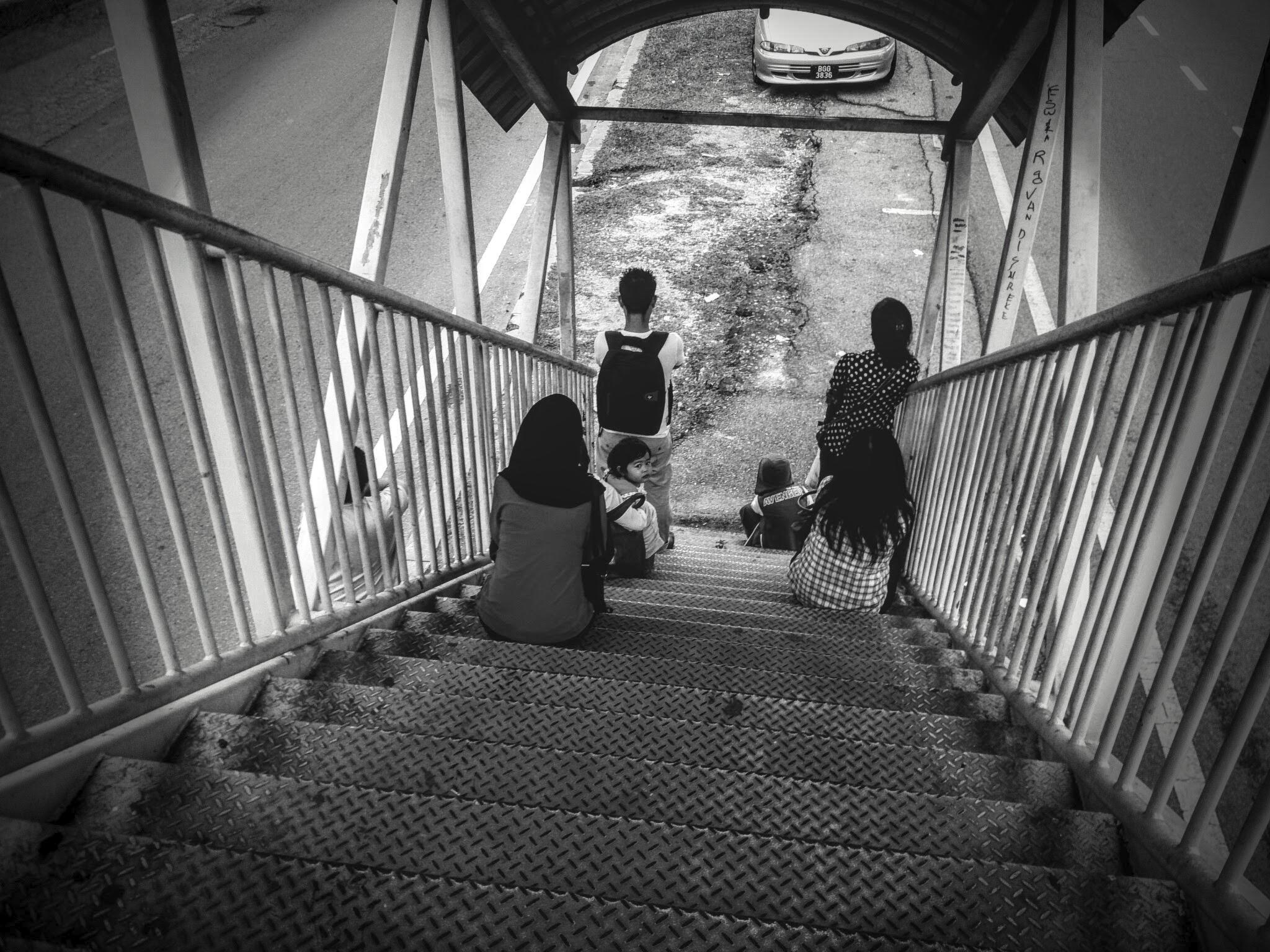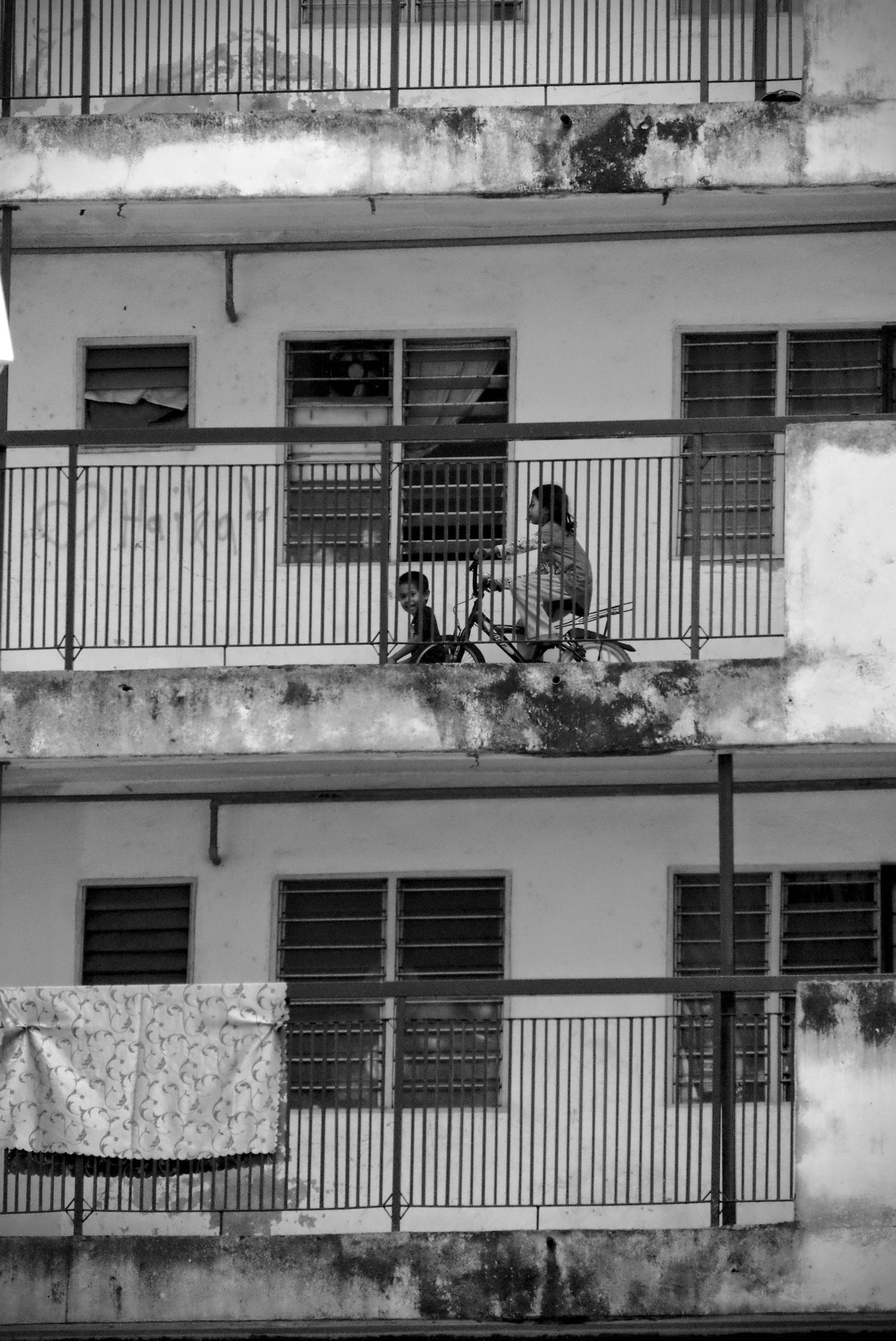Latest note
Photojournalism
Photojournalism still plays an important role in conveying truth. It provides visual evidence and tells a factual story, that more often than not is more compelling than text.
Only migrant workers / foreigners walk, cycle or take public transport
There is a persistent lie that keeps being repeated by Malaysians not only on social media, but even repeated by politicians and policy makers that the only pedestrians, cyclists and public transport users are migrant workers. Associating and marginalizing migrant workers is already bad enough.
That the buses are crowded with foreign workers. That buses are dirty. That it's too hot and too dangerous to walk.
It even starts affecting policies for a fictional problem, where policy makers start implementing mechanisms to prevent foreigners from using public transport, but end up adding more barriers to taking public transport.
By doing so they are also marginalizing Malaysians that depend on these services. They are made to be invisible and nothing is ever done to help them.
Documenting Malaysians, walking, cycling and taking public transport, helps make them visible, and exposes serious problems around pedestrian and public transport infrastructure.
There are many more photo stories out there. So take your mobile phone or camera and let's start telling more factual stories..



Document Actions
Document Actions